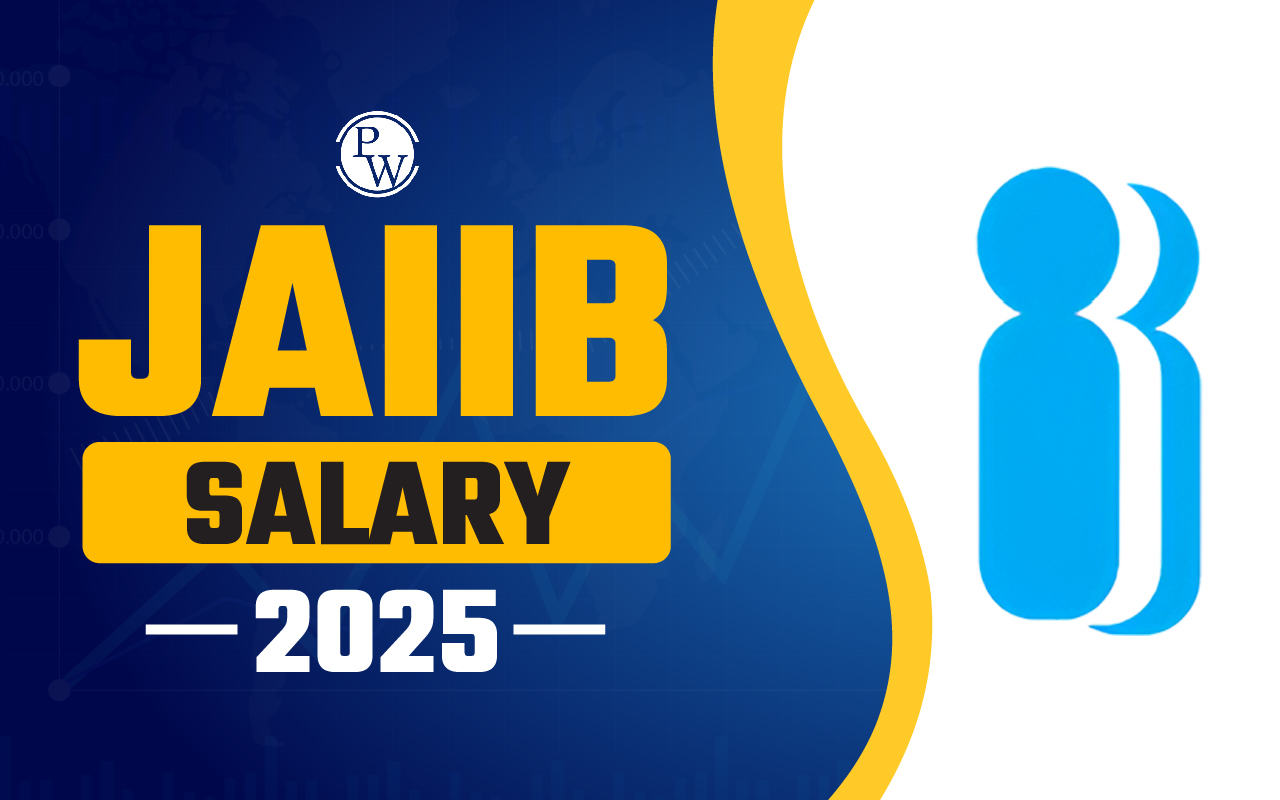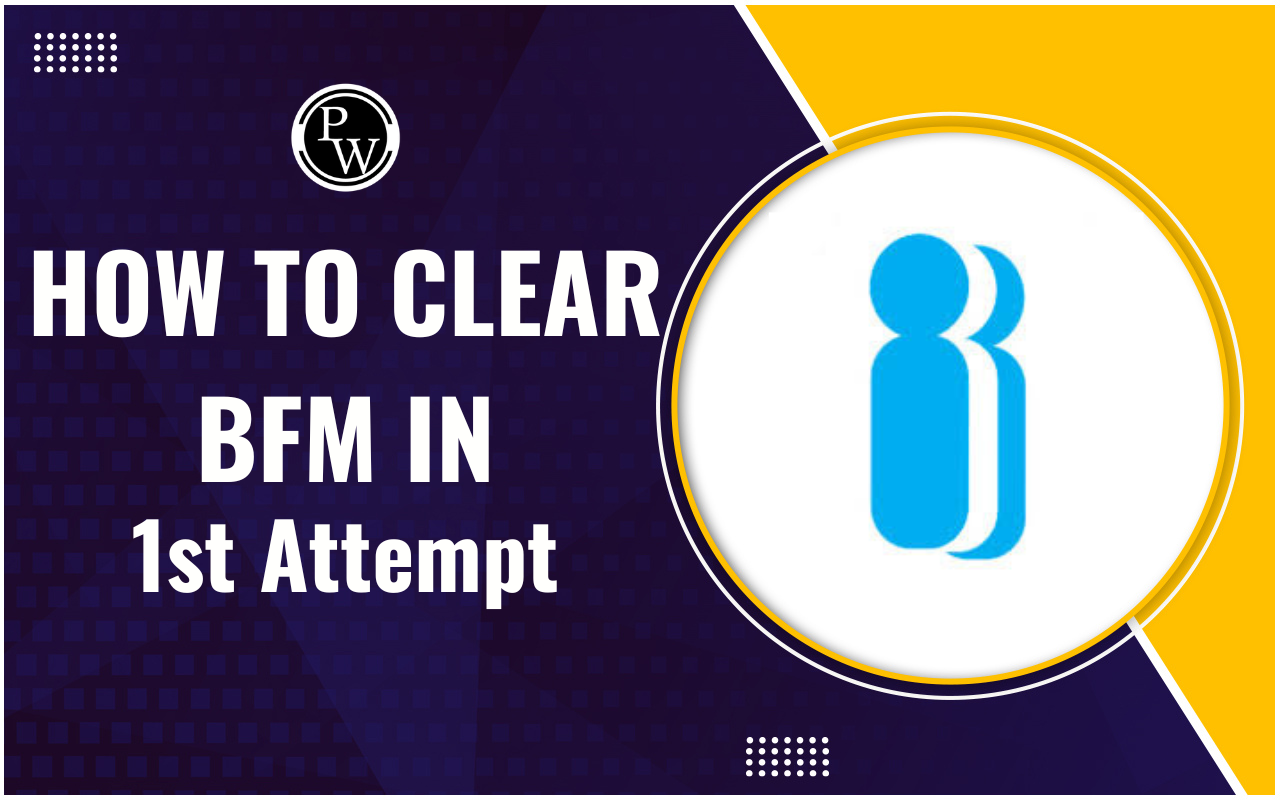

Mergers and Acquisitions in Banking: The term Mergers and Acquisitions (M&A) in Banking combination of firms or their mains business activities through intercompany financial transactions. A company can buy and acquire another company outright, merge with it to form a new company, buy some or all of its major assets, make an offer for its shares, or make a hostile takeover. All are M & A activities.
The term M & A is also used to describe departments of financial institutions that engage in such activities.Mergers and Acquisitions in Banking
The terms Mergers and Acquisitions are often used interchangeably, but they have slightly different meanings. When a company takes over another and becomes the new owner, the transaction is called an acquisition.- The terms "merger" and "acquisition" are often used interchangeably, but their meanings are different.
- In a merger, one company buys another outright.
- A merger is a merger of two companies that later form a new legal entity under the name of one company.
- A company can be evaluated objectively by researching comparable companies in the industry and using metrics.
Amalgamation Between Two Banks
According to Section 44A of the Banking Regulation Act 1949, no banking company can amalgamate with another banking company unless the terms of the merger are separately drafted to the shareholders of each banking company concerned and approved by the Authority. a resolution approved by a majority of the shareholders of each said company present at the general meeting in person or by proxy. Prior to shareholder approval, the boards of both banking companies must approve the draft plan. The following factors should be considered in considering such approval:- The value of the assets, liabilities and financial resources of the proposed merging entity and whether the value of the assets will increase as a result of the proposed merger;
- Type of compensation paid by the merging banking company to the shareholders of the merged company;
- Has due diligence been done for the proposed merger?
- Whether the exchange ratio has been determined by independent appraisers and whether such exchange ratio is fair and appropriate.
- Ownership structure of two banking companies and if the ownership of shares of the merged banking company as a result of merger and exchange by any person, entity or group violates RBI policy;
- Planned changes in the composition of the board and whether the resulting board member would comply with RBI instructions; and
- Impact on the viability and solvency ratio of the merging banking entity. If the requisite number of shareholders approve such a scheme, it will have to be submitted to the RBI for approval, which, if approved, will be binding on the banking companies concerned.
Reasons for Mergers and Acquisition for Banking
The reasons for bank Mergers and Acquisition for Banking are as follows:1. Merger of weaker banks
In order to stabilize weaker banks and decentralize risk management, the goal of merging weaker banks with stronger banks was supported. By joining forces with a stronger bank, the weaker ones can maintain their presence and avoid exhaustion.2. Synergistic benefits and economies of scale
Due to the synergy created by the combined customer base of the two banks, the combined product is more profitable and improves customer satisfaction. United Bank has an excellent business portfolio, risk management plans and market value. It also benefits from economies of scale and lower costs through better utilization of existing resources.3. Financial Liquidity and Economies of Scale
Merger increases liquidity, provides direct access to cash and helps eliminate surplus and obsolete assets. This helps pool the resources of individual banks and use them effectively and efficiently. After the merger, banks are better able to finance large projects that they could not do alone before, so the financing procedure for these projects is quick and easy.4. Advancement in Technology
With the Internet, banks can now provide services at the touch of a screen, enabling them to use the latest technology. By merging, the banks will collaborate and use cutting-edge technology to provide better services and support the expansion of the banking sector.5. Skills and talent
When two banks merge or buy each other, staff and expertise are also combined, creating a larger pool of talent that gives the combined company an edge over its competitors.<span style=
Q1. What is Mergers and Acquisitions in Banking?
Ans. Mergers & Acquisitions in Banking refers to the consolidation of companies or their major business assets through financial transactions between companies.
Q2. What Is a Merger and Acquisition Process?
Ans. The mergers and acquisitions (M&A) refers to the consolidation of multiple business entities and assets through a series of financial transactions. The merger and acquisition process includes all the steps involved in merging or acquiring a company, from start to finish.
Q3. What are the Reasons for Mergers and Acquisition in Banking?
Ans. All the reasons for the presence of Mergers and Acquisition in Banking are detailed in the above article.
Talk to a counsellorHave doubts? Our support team will be happy to assist you!

Check out these Related Articles
Free Learning Resources
PW Books
Notes (Class 10-12)
PW Study Materials
Notes (Class 6-9)
Ncert Solutions
Govt Exams
Class 6th to 12th Online Courses
Govt Job Exams Courses
UPSC Coaching
Defence Exam Coaching
Gate Exam Coaching
Other Exams
Know about Physics Wallah
Physics Wallah is an Indian edtech platform that provides accessible & comprehensive learning experiences to students from Class 6th to postgraduate level. We also provide extensive NCERT solutions, sample paper, NEET, JEE Mains, BITSAT previous year papers & more such resources to students. Physics Wallah also caters to over 3.5 million registered students and over 78 lakh+ Youtube subscribers with 4.8 rating on its app.
We Stand Out because
We provide students with intensive courses with India’s qualified & experienced faculties & mentors. PW strives to make the learning experience comprehensive and accessible for students of all sections of society. We believe in empowering every single student who couldn't dream of a good career in engineering and medical field earlier.
Our Key Focus Areas
Physics Wallah's main focus is to make the learning experience as economical as possible for all students. With our affordable courses like Lakshya, Udaan and Arjuna and many others, we have been able to provide a platform for lakhs of aspirants. From providing Chemistry, Maths, Physics formula to giving e-books of eminent authors like RD Sharma, RS Aggarwal and Lakhmir Singh, PW focuses on every single student's need for preparation.
What Makes Us Different
Physics Wallah strives to develop a comprehensive pedagogical structure for students, where they get a state-of-the-art learning experience with study material and resources. Apart from catering students preparing for JEE Mains and NEET, PW also provides study material for each state board like Uttar Pradesh, Bihar, and others
Copyright © 2025 Physicswallah Limited All rights reserved.











